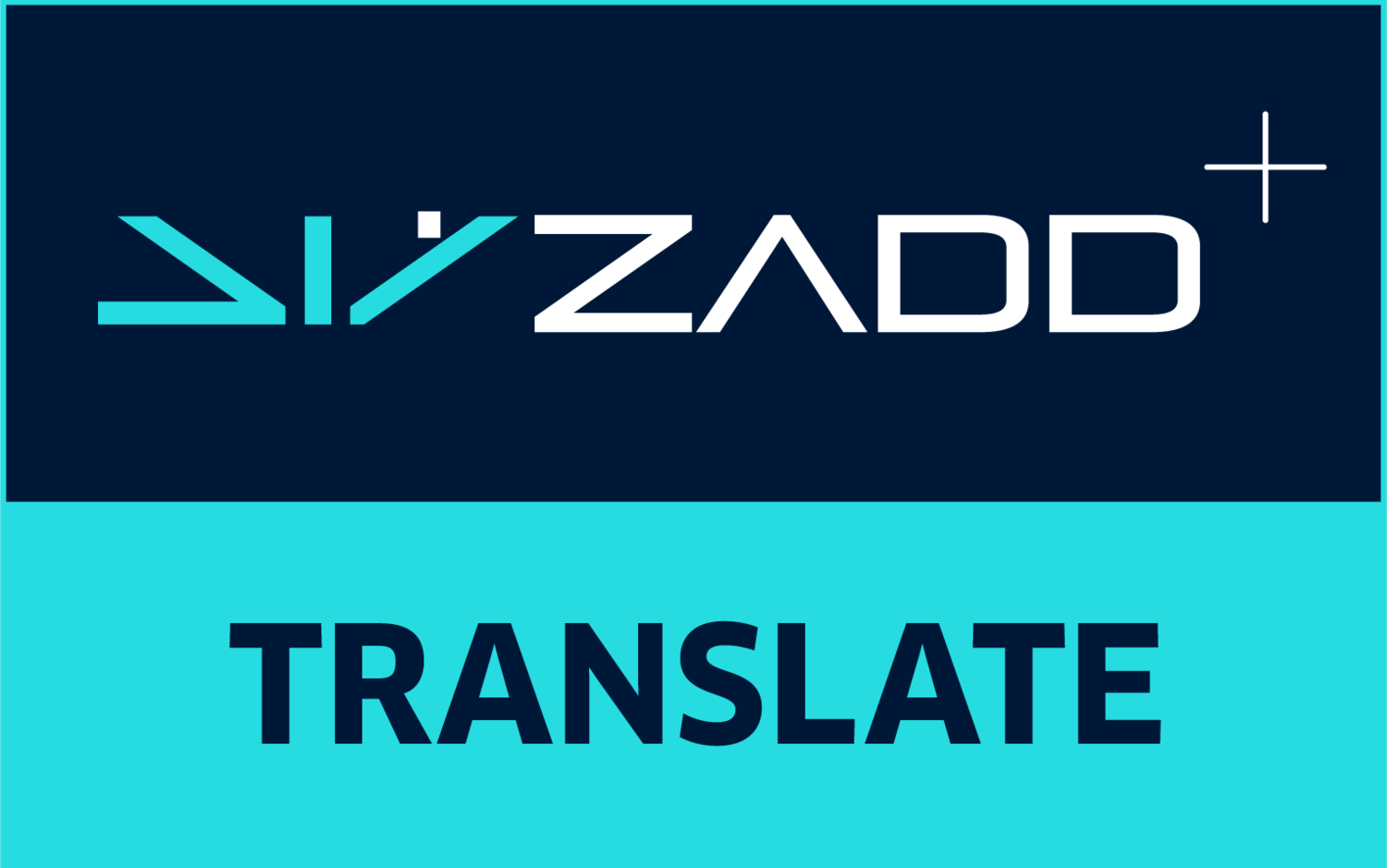QA in Translation: Going Beyond Accuracy
Peter Newmark once said: “There is no such thing as a perfect, ideal, or correct translation. A translator is always trying to extend his knowledge and improve his means of expression; he is always pursuing facts and words.”
Based on this perception, professional translation can be a form of art rather than a mathematical equation with fixed rules and a single answer, which makes quality assurance processes and customer satisfaction quite challenging to editing and proofreading services.
Aesthetics Vs. Accuracy
To understand the difference between a “nice to read” translation and an “accurate” translation, it is important to look at Peter Newmark’s V-Diagram that manifests the various types of translation. As illustrated in the figure below, some of the types are source-language oriented (SL), while others are target-language oriented (TL):
In the translation market, the semantic and communicative types of translation (placed at the bottom of the V shape) are the ones most commonly used, as both of these types are at the middle ground of the source language vs. target language emphasis. The other extreme types, such as the first two types on each side, are only used upon client’s request since they render the translation either too wrong and funny (in the cases of word-for-word and literal translations), or too loose and different (in the cases of adaptation and free translation).
In spite of their adjacent classification, there is a fine line between semantic and communicative translations. The semantic approach attempts to render the semantics (meaning) and syntax (structure) of the original text, while the communicative approach aims to mirror the effect of the text by producing a translation that influences the target readers in the same way the source text does.
The selection of whether to adopt a semantic or communicative approach relies on the text genre and its purpose to a great extent. For example, in the field of legal translation such as contracts, agreements, or regulations, the semantic approach is more suitable, but it is not adequate for business or media translation such as press releases, promotional content, or creative texts, where the effect on readers is of greater significance.
QA at ZADD as an Example
The quality assurance process of translation and localization services is a rising concern for translation and content creation companies. This is attributed to the trend of increasing attention to the stylistics and readability of translated texts, not only to accurate grammar and equivalent meanings.
At ZADD, our team takes pride in its stringent QA processes, whereby texts are never a one-person product but rather a team effort to ensure meeting the highest standards. We also adopt a strict grading rubric for translators to keep track of errors, along with the glossary making for each client to ensure consistent wording and style.
At the macro-level, the person responsible for the QA process checks the translator’s full understanding of the text, the natural and smooth flow of the translation, avoiding literal translation, and ensuring consistent style.
At the micro-level, more detailed aspects are considered such as the lack of spelling, grammar, and mistranslation errors; avoiding unnecessary addition or omission; and ensuring proper rendition of numbers, figures, dates, acronyms, technical terms, and proper names, as well as maintaining a consistent use of terms and complying with the client’s instructions and references, if any.
Yet Complaints May Still Occur…
Any complaints on quality, although rare, are seriously taken and thoroughly investigated. Based on our experience, some complaints may turn out to be a matter of stylistics and client preferences for certain wording and sentence structures rather than a matter of accuracy. Such scenarios are handled by offering other suggestions or alternative translations, providing the client with several angles to the same text, sometimes by more than one translator.
Other cases may stem from the lack of clarity or poor structuring and wording of the source text itself, which affect the translator’s comprehension and thus the quality of production. We often avoid such scenarios by ensuring proper communication and alignment with the client to ensure that the translator handling the task has fully cleared up any ambiguity in the text.
Point is…
A key part of providing quality translation is assigning the right task to the right translator, ensuring that the text is handled by a translator who is specialized and experienced in the same field of knowledge of the text. Being aware of the text type and the best translation approach to adopt is also vital. Not only will this minimize the margin of error, but will also foster a unique mixture of technical knowledge and an exceptional set of linguistic skills, eventually driving an output that stands out for its form and content.

